The Case for Mason Bees
Charlie
11 years ago
Featured Answer
Sort by:Oldest
Comments (22)
iammarcus
11 years agolast modified: 9 years agoblueboy1977
11 years agolast modified: 9 years agoRelated Professionals
Bellflower Landscape Architects & Landscape Designers · Piqua Landscape Architects & Landscape Designers · San Juan Landscape Architects & Landscape Designers · Manchester Landscape Contractors · Brooklyn Park Landscape Contractors · Cary Landscape Contractors · Cudahy Landscape Contractors · Fort Atkinson Landscape Contractors · Longmont Landscape Contractors · Nutley Landscape Contractors · Pleasant Grove Landscape Contractors · River Ridge Landscape Contractors · Twin Falls Landscape Contractors · Norridge Landscape Contractors · La Puente Outdoor Lighting & Audio Visual SystemsCharlie
11 years agolast modified: 9 years agoCharlie
11 years agolast modified: 9 years agoCharlie
11 years agolast modified: 9 years agoblueboy1977
11 years agolast modified: 9 years agoljrd3
10 years agolast modified: 9 years agoCharlie
10 years agolast modified: 9 years agoBeach_bums
10 years agolast modified: 9 years agodocmom_gw
10 years agolast modified: 9 years agoCharlie
10 years agolast modified: 9 years agolilhouseonprairie
10 years agolast modified: 9 years agoCharlie
10 years agolast modified: 9 years agoKonrad___far_north
10 years agolast modified: 9 years agolilhouseonprairie
10 years agolast modified: 9 years agolilhouseonprairie
10 years agolast modified: 9 years agodocmom_gw
10 years agolast modified: 9 years agoCharlie
10 years agolast modified: 9 years agoJoppaRich
10 years agolast modified: 9 years agoCharlie
10 years agolast modified: 9 years agolazy_gardens
10 years agolast modified: 9 years ago
Related Stories

GARDENING FOR BUTTERFLIESGardening for the Bees, and Why It’s a Good Thing
When you discover how hard bees work for our food supply, you may never garden without them in mind again
Full Story
DECORATING GUIDESHoneycomb Shapes Are the Bee’s Knees
The hexagon is everywhere in nature — in honeycombs, tortoiseshells, snowflakes. Why not replicate it in home design?
Full Story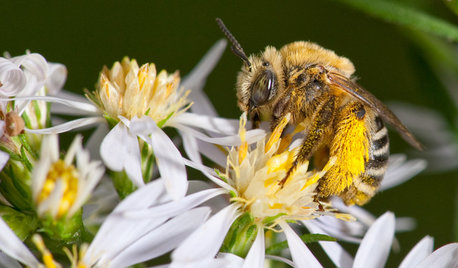
GARDENING GUIDESLook for Long-Horned Bees on Summer's Flowers
These insects are busy in the garden come summer and fall, pollinating sunflowers, coneflowers, asters and more
Full Story
GARDENING GUIDESSmall Carpenter Bees Are Looking for a Home in Your Plant Stems
Provide flowers and nesting sites in your garden for this beautiful, tiny, metallic blue wild bee — your plants will thank you
Full Story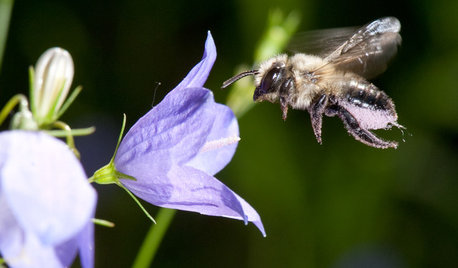
GARDENING GUIDESPut Out the Welcome Mat for Leafcutter Bees in Your Garden
Provide a diversity of flowering plants from spring through fall for these charismatic native bees, and you won’t be disappointed
Full Story
GARDENING GUIDES15 Native Flowers That Feed Native Bees
These perennials offer superfood to hundreds of bees and are gorgeous in their own right
Full Story
GARDENING GUIDESInvite Cellophane Bees to Your Garden by Providing Patches of Bare Soil
Look for cellophane bees (Colletes) pollinating flowering trees and shrubs in U.S. gardens this spring
Full Story
GARDENING GUIDESInvite Mining Bees to Your Garden by Planting Their Favorite Plants
Look for mining bees (Andrena) pollinating woodland wildflowers in U.S. gardens this spring
Full Story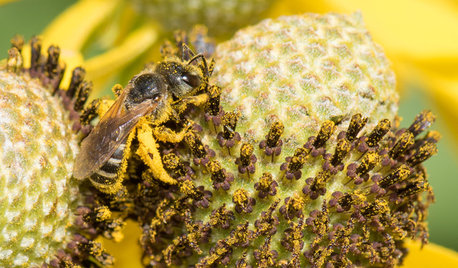
GARDENING GUIDESWelcome Sweat Bees to Your Garden Throughout the Growing Season
Look before you swat! These friendly sweat bees will feed on your sweat on a hot summer day, but their main buffet is flowers
Full Story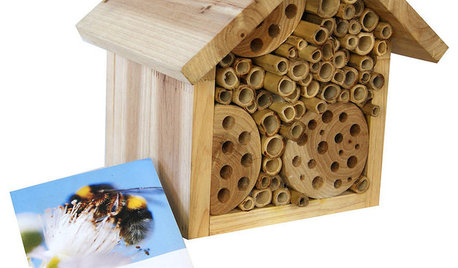
PRODUCT PICKSGuest Picks: 20 Ways to Play Garden Host to Birds and Bees
Perch some of these houses and feeders around your garden, and watch pollinators and feathered friends flock in
Full StorySponsored
Industry Leading Interior Designers & Decorators in Franklin County






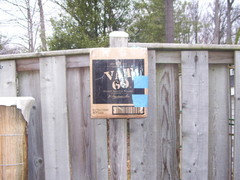
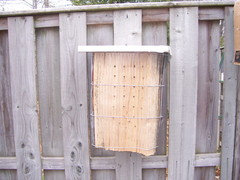
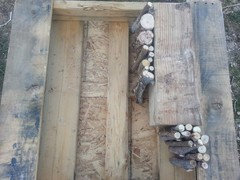

lilhouseonprairie